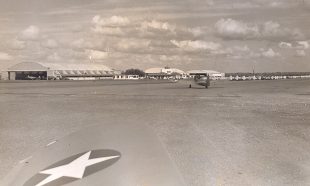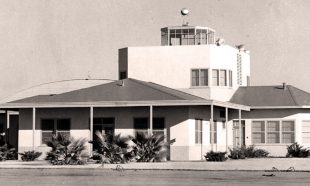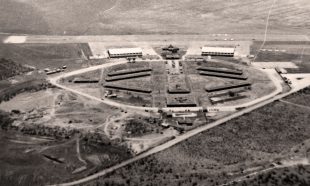(830) 900-3113Order Online
HANGAR SIX, INC. Flight School was one of only eight schools to be selected for the purpose of training WWII Army pilots.
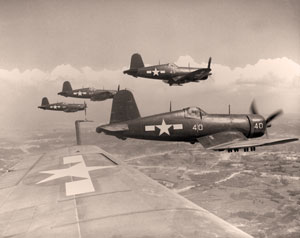
One of 65 Army Airfields in the State of Texas, Garner Field helped contribute to the 200,000+ Army pilots that were trained during World War II. Texas also had more training fields than any other state in the Union.
Under HANGAR SIX’s proficient leadership, Garner Field was recognized as one of the top ranking Army Air Forces training bases. Cadets came from all 48 states (1945), plus 21 Latin American countries and even Turkey.
During its 4 years in operation, HANGAR SIX trained as many as 9840 pilots for the war, completing up to 861,000 flights at Garner Field.
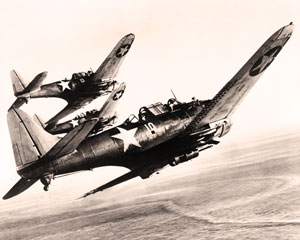
The U.S. prepares to enter the European War
As 1940 was approaching, political and military leaders came to the realization that the question of the United States involvement in the “European” war was not a question of “if”, but “when”.
Training ARMY pilots for WWII
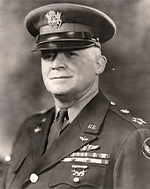
General “Hap” Arnold, Chief of Staff of the Air Corps, was a leader with great foresight, and recognized the need for pilots. In 1938, upon his own initiative – and without funding – General Arnold contacted eleven flight schools around the country with the purpose of developing and funding flight schools for Army pilots.
General Arnold was a pioneer airman who was taught to fly by the Wright Brothers.
HANGAR SIX was founded by Mr. John H. Lapham, of San Antonio, in 1932

The initial operation was based out of the sixth hangar on the Winburn Field in San Antonio, from which the HANGAR SIX name is derived.
By 1939, the company was near self-sufficient, offering flight service, maintenance, and ground school.
In August of 1941, HANGAR SIX accepted the Army’s offer to conduct Flight Training, although it would be required to set up training, housing, and maintenance facilities, all at the expense of HANGAR SIX.
The Army Air Corp would pay $1,170 for each pilot that completed training, and $18 per flight hour for each student that washed out.
Mr. Lapham chose Uvalde, Texas as the future site for training.
In April of 1941 the city of Uvalde purchased land and extended utility lines to the 575-acre tract that was selected for the base. The base was approved by the War Department July 10, 1941 and was named after Uvalde resident and former Vice President John Nance Garner.
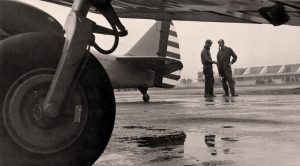
Construction began immediately and HANGAR SIX relocated from San Antonio to Uvalde providing jobs for 125 instructors and 250 support personnel.
The first 50 cadets reported for duty October 2, 1941, their training aircraft, 16 PT-19A, arriving only days before them. When they graduated in January, 1942 the country was at war.
Flight training at Garner Field was the first opportunity for a cadet to fly.
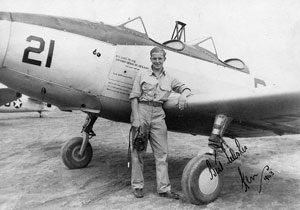
Typically lasting about two months, flight training consisted of 225 hours ground training, 60 hours of flight, and 175 landings.
Flying at speeds around 100mph, cadets learned quickly to respect the wooden and canvas, open-cockpit airplane. While rare, Garner field still had a few accidents.
Like The time Cadet John K. Sexton fell out of his PT-19.
Cadet Sexton forgot to buckle his seat belt, and while at 500 ft. fell out of the airplane. The safe altitude for parachutes at that time was around 1300 ft., but Sexton managed to activate the parachute and landed safely.
Sexton’s commander sent him immediately back into the air to regain his confidence. The second airplane’s motor failed, and once again Cadet Sexton found himself in the same farmer’s field that he parachuted into only hours earlier.
Adding a final “insult to injury” for Sexton, the ambulance that was sent to fetch him a second time ran out of gas.
The city of Uvalde gets a municipal airport.
As the war shifted in favor of the Allies and the demand for pilots diminished, bases closed, or merged. Garner was one of the last to close, and on June 27, 1946, ownership of Garner Field was relinquished to the City of Uvalde.

